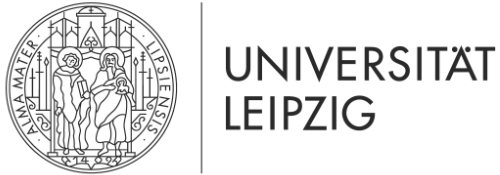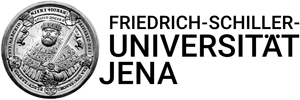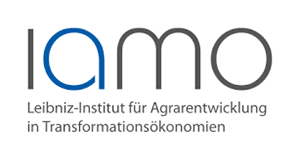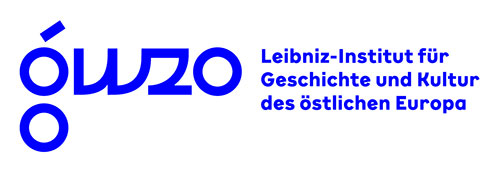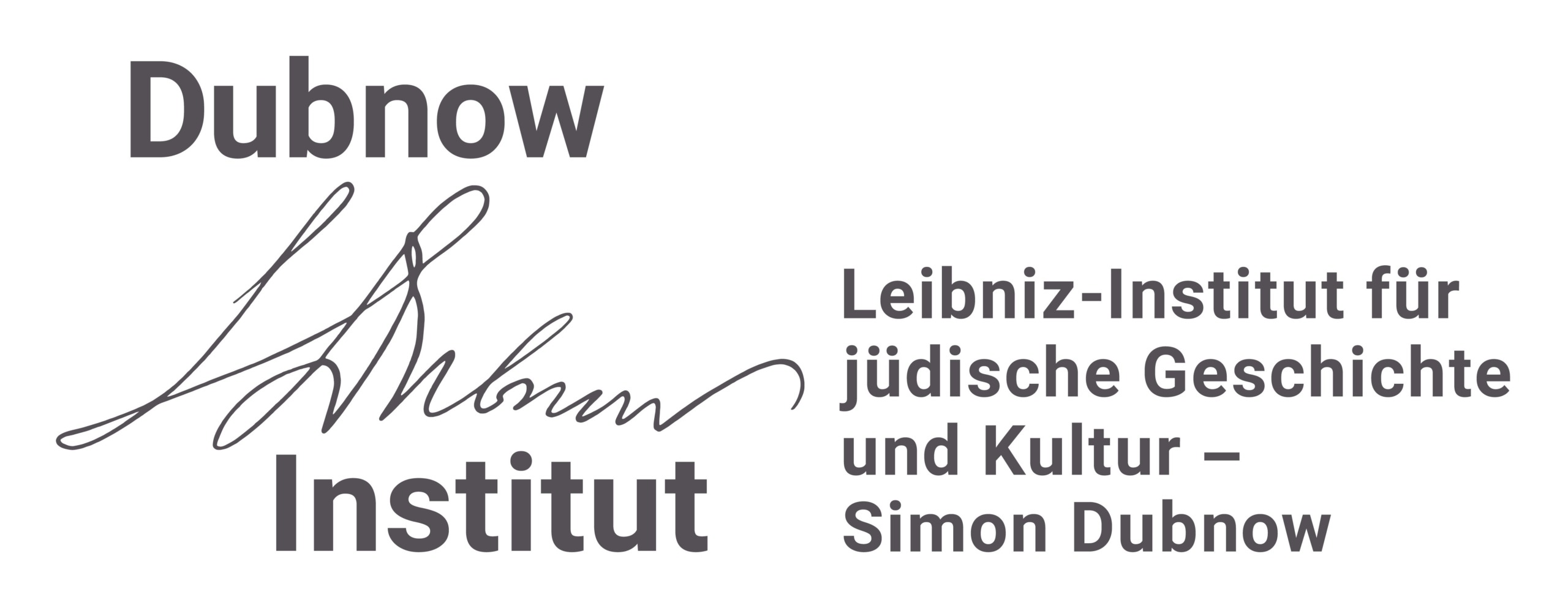Anna Novikov
Stay at EEGA: three weeks in June 2017
Dr. Anna Novikov focuses on the social, cultural and visual transnational modern and contemporary East-Central European/Eurasian and Jewish history. Various aspects of social and cultural history through the prism of communication through language, movement and clothing appearance, as well as dynamics of identity are her core research foci.
She received her doctoral degree in History at the Hebrew University of Jerusalem in 2013. During her PhD studies she was a Junior Visiting and Research Fellow at the Oxford University and at the Simon Dubnow Institute for Jewish History and Culture in Leipzig and has been awarded among the other the Rothenstreich Fellowship for Outstanding Doctoral Students (2010-2012), the Cantemir Fellowship in Oxford (2011) and the Israeli Inter-University Academic Partnership in Russian and East European Studies Fellowship (2013).
In 2013-2015 she was a Postdoctoral Research Fellow at the German Historical Institute, Warsaw. Her book Shades of a Nation: The Dynamics of Belonging among the Silesian and Jewish Populations in Eastern Upper Silesia (1922-1934), Fibre Verlag: Osnabrück, was published in 2015. She was also a co-editor of an additional monograph From Premodern to Postmodern Central Europe. Upper Silesia in the Age /of Nationalisms (co-edited with James Bjork, Tomasz Kamusella, and Timothy Wilson), which was published in Routledge in 2016. During the summer term of 2016 she was a Visiting Postdoctoral Fellow at the Principles of Cultural Dynamics program in the Dahlem Humanities Center at the Freie Universität in Berlin. Currently, she is a research fellow at the Cologne-Bonn Centre for Central and Eastern Europe at the Cologne University and develops her project „Between Kapota and Siurtuk: The Dynamics of East-Central European Jewish Clothing“ dedicated to the transnational history of Jewish dress in this region.
Her new project “The Visual Language of Neo-Nationalism: Patriotic Fashion in East-Central Europe and Central Asia” analyzes the link between the visualization of history today and during the second half of the nineteenth century. It traces and explores the fascinating phenomenon of patriotic attire in Eastern Central Europe and Central Asia in terms of a transregional and transnational revival that has been gathering momentum during the recent decade.
My stay at EEGA Campus and my scientific question – a field report
